What excitement - you have purchased a new apartment. Good luck. As you know, a contractor's apartment is a standard apartment that even the neighbors next door or next door will have an apartment that is identical or mirror-image, lacking in flair and very basic. In such an apartment you will not find designated niches, preparation for built-in storage, a smart home, air conditioning and heating solutions that integrate into the plaster ceilings, a designed bathroom corner, a room designed for your child and for you so that there is no comprehensive thought about the details. On the other hand, you can take the contractor's apartment and turn it into a dream apartment, which will upgrade your property by hundreds of thousands of shekels. It does require investment and comprehensive thought, but if you use an interior designer, you discover not only that the process is fascinating and the results are amazing, but you also get to save money and many mistakes along the way. When you purchased a new apartment, you did not expect to receive just any apartment. You dreamed of living in a designed apartment that is tailored to your needs.
But in designing an apartment from a contractor, there are hundreds and thousands of decisions to be made, lots of details to understand. All of the decisions together will affect your satisfaction with the apartment you bought. So take the project seriously and don't trust the contractor/kitchen company/ceramic company. Their interests are not the same as yours. You need guidance from someone who sees the whole picture and from your perspective. Someone who will tailor the plan for you and guide you through the choices you've made, who will know how to provide the right solutions when needed. if The apartment plan looks great to you: spacious, bright, and facing a green park, and you are trying to save costs and deal directly with the contractor and his representatives. Get tips from me for designing a contractor's apartment.
You may have already scheduled a meeting with the "Change Coordinator" regarding minor changes to a contractor's apartment. The meeting is very important after the purchase and you will receive your tenant file containing vital information for you. Maybe you've even visited one kitchen company and you think you can handle the upgrades they offer you and different plans on your own, so here are a few tips:

Tip 1: Location of the TV and electrical and communications cabinet
You have purchased an apartment from a contractor with a huge display window facing a park. You imagine yourself sitting on the couch and looking at the view. But the contractor's architect designed the electrical arrangements for the television in a way that will force you to sit with your back to the view. The architect does not meet with the apartment buyers, and there is no planning program tailored to your needs, desires, and lifestyle, as is done with an interior designer who accompanies you along the way.
So sit down and re-plan the placement of the furniture in the living room. Where will the TV be? Where is the sofa? Where are the armchairs? Note that the electrical plan for the entire living room will need to be changed, following the change in the placement of the furniture. If you didn't catch it in time, and the contractor has already made preparations for electrical locations in the walls, you will have to live with the existing one or do drilling, possibly even lifting the flooring and paying for new electrical and lighting, taking care of repairs and painting the walls, when you receive the apartment. It will cost you thousands of shekels. So pay the contractor in advance to hide the cables for the TV and the sound and audio system. Hiding the cables in the living room with the help of a threaded pipe has value from a design perspective. This small action tidys up the eye and upgrades the appearance of the space.
Usually, the electrical and communications cabinet is located at the entrance to the house and is covered with an unflattering plastic cover. The location of the electrical and communications cabinet that the electrical consultant determined cannot be changed, but it can be hidden with a number of different elements: a custom-made cabinet, a picture, or even a mirror.

Tip 2: Designing a contractor's apartment - planning the kitchen
The designer at the kitchen company wants to move a wall that borders the kitchen and living room, so that there will also be room for a pantry cabinet in the kitchen and to upgrade the amount of storage and the appearance of the kitchen. But she doesn't consider that moving this wall will harm the appearance of the living room. She didn't check it because she is only responsible for the kitchen.
Remember that the living room, dining area, and kitchen are a unit that needs to be planned together. Think about what is going to happen in the living room and how the kitchen design affects it. Sketch out different seating and furniture arrangements and calculate where the walls will be with the greatest visibility. Only then do you approve or not. Remember - the kitchen designer doesn't really care about any of this, she only cares about the kitchen.
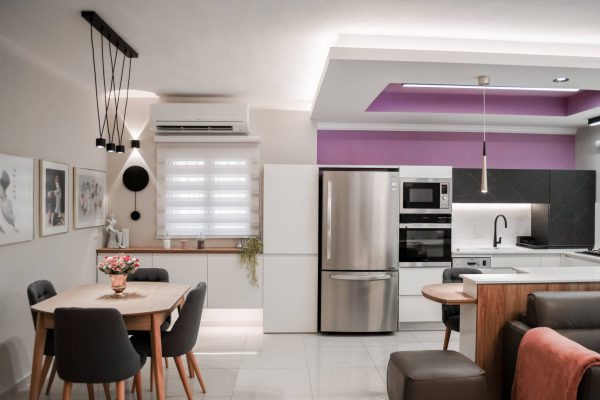
Tip 3: Double-check the plans and specifications
After you meet with the kitchen company, you will receive plans for the kitchen fronts that you have approved, for execution and your signature. The document is full of details and looks pretty good on the surface. But there is a…small mistake in it. You must check this document “with seven eyes,” because sometimes there are mistakes in it. This is a binding contract for all intents and purposes. You cannot say later that you did not know, or did not notice, that there was a mistake in one digit of the Formica shade. Such a small mistake, that distinguishes between a cream-colored Formica and a light gray Formica. When you come to complain that they installed the wrong kitchen for you, they will show you the document that you signed. And they will also try to convince you that the new shade is even more beautiful than the original shade.
Tip 4 Supervision of the contractor's work
When you visit the apartment to receive the keys, it turns out that the TV sockets were not installed at the correct height. The actual location does not allow you to hide the ugly sockets. They will be visible to all. The site manager will try to convince you that the current location is even more correct. He sounds pretty convincing and has a lot of experience. But he is not doing it for your benefit, but for his own benefit. Bringing an electrician to fix it now will cost him money. So remember that he is not your friend and certainly not working in your best interest. Insist on what you asked for from the beginning and make sure that everything is fixed, even if it means moving an socket by 10 cm. Alternatively, order a measurement during the furniture planning phase to make sure that the sockets will not fall between or under cabinets.
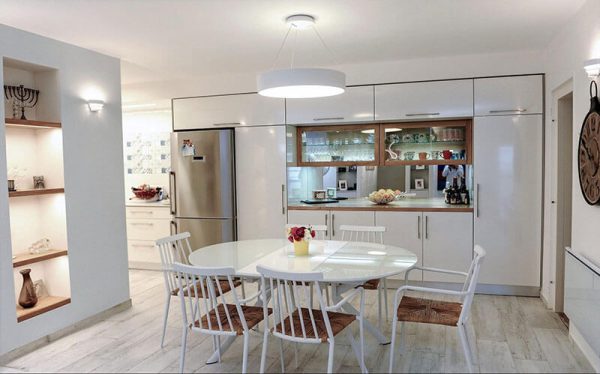
Tip 5 Find out if the location of the sprinklers can be changed
Sprinklers have entered the contractor apartments in the towers and are a must. Anyone who has come across a sprinkler and air conditioning program will understand that when I write that it is a branched program like the London Underground...or Gaza for that matter. Pipes branch, a pipe comes out of a pipe, and they are sometimes located in very non-strategic places in the space. It is very worthwhile to check the location change according to the furniture and cabinet placement plan. Sprinklers are very significant and limit the height of the cabinets in the rooms and the lowness for air conditioning and hidden lighting. Some contractors will not agree to change anything, so after receiving the key you will be forced to change the pipe route and pay the installer again, this time directly to him. Or to the air conditioning person who will take care of contacting the original installer.
Tip 6 Check the flooring part number
Towards the re-tile stage, you will be called by the manager of the aba to come and identify and sign the tiles that were saved in your name and that you chose a long time ago. If the flooring he presents to you is not exactly the flooring that you chose (the SKU is different). The contractor claims that it's the same tile, but the SKU has changed. This is not true. The truth is that he obtained similar flooring at a cheaper price and he's just trying. Are you wondering what to do? The problem is that you don't really remember what you chose and why. My advice to you: don't be lazy. If you don't remember, go back to the ceramics store, check the documents you signed in the showroom and make sure that it is indeed the correct flooring with the correct SKU. Because once you sign, you won't be able to make any claims to anyone.
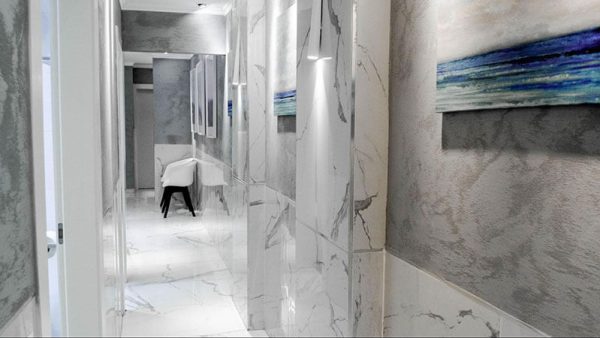
Tip 7 Check the contract for what you are supposed to pay for
The contractor says that although you received the parquet in the bedroom as a bonus when you bought it, you have to pay extra for the flooring underneath it. You don't fully understand what you're supposed to pay. In the end, you give in and pay him. Too bad, because you shouldn't have. If you were promised parquet in the bedroom, all the costs associated with it should apply to the contractor. In general, remember that sometimes the contractor "counts" on the fact that you don't really understand and therefore you will give up and give in. This is a war of attrition, so be careful not to be "worked" on you. The contract has a lot of details, such as the size of the flooring in the public space, bedrooms and bathrooms, and balconies. Find out the additional costs if you want to increase the tiles or rotate them. Also, check if there are costs to move plumbing or electricity and how far there is a cost for a change. I recommend hiring your own lawyer who will only take care of your interests. When I manage a project for clients who live abroad, I accompany them to a meeting before signing a contract to improve the apartment's specifications. This is the last opportunity for you to get an upgrade. After signing, the contractor and his representative don't need to worry about the cost of the equipment. After all, you are already purchasing an apartment and have a lot of obligations.
Tip 8 Check that there are good slopes in the shower for water drainage.
If there are no slopes, or they are not sloped enough, or there are stones in the drainage system, you will discover it the first time you take a shower and the water will come out and flood the entire shower room. You may be used to holding a mop inside the shower in your current apartment. So you won't even know that in an apartment that cost you a lot of money, not a single drop of water should come out while you shower. Make sure that the slopes in the showers and balconies are satisfactory, before you receive the keys to the apartment. Simply pour a bucket of water there and make sure that the water drains properly. I recommend using a home inspection company before a final tour of the key collection, so that someone representing you will issue a failure report and repair items. One of the common failures is a lack of sealing around the rosette for the shower insert. Don't pay before the repairs are complete.
Tip 9 Make a list of the things you upgraded
Purchase a binder for the project and document everything. Are there any changes on your part or the contractor's part? Sign and date the document and ask the contractor or foreman to do the same. A copy for you and the contractor's representative will be a very important document to prove a defect/non-performance, so that the contractor will be obligated to correct and perform. Keep a record of everything you agreed to with the contractor. Having clear documents will make it easier for you to defend yourself in the event of misunderstandings or disputes.
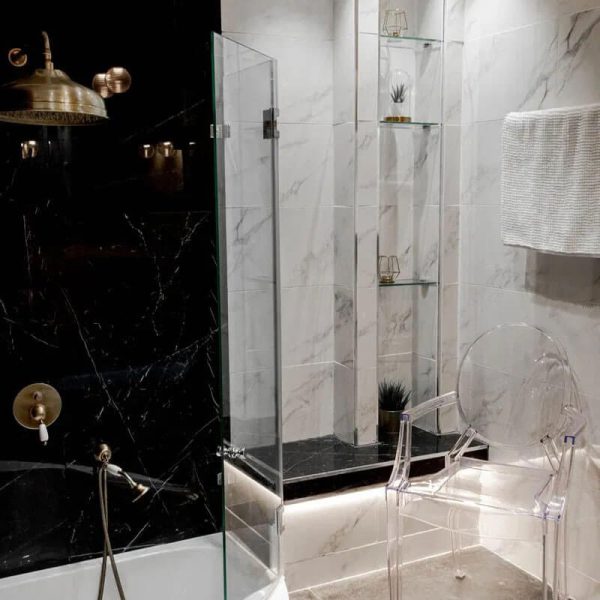
Tip 10: Make sure you have the appropriate plumbing preparations made.
You paid for upgraded faucets in the shower, but the plumbing preparations they made for you are not appropriate? You don't know how to identify the preparation during the plumbing phase (you are not an interior designer). You will discover the mistake when they inform you that you bought unsuitable faucets. The contractor will of course say that you are at fault, that you did not inform him that you bought upgraded faucets. Either it did not appear in the plans, or you did not submit it on time. Trust him that he will already find a clause in the contract you signed that backs it up. According to this clause in the contract, you are the ones who have to pay for the mistake. The faucets you bought will no longer be returnable at this stage, because the box and packaging have been thrown away, you do not have a delivery receipt, and perhaps the model is no longer for sale. So you will pay for the contractor's mistake twice. My advice to you: carefully check the plumbing preparations they make for you immediately after they are made. Make sure that they are appropriate for the faucets you ordered. If in doubt, consult an expert. Note: Sometimes in a large project of several high-rise buildings, the contractor is not interested in visits from all the private buyers who interfere with the work day. He will have to invite you for a preliminary tour before receiving the key. But if defects are discovered (obviously!) The repairs will cost the contractor many days of work and materials, and this means that the foreman or contractor will try to tell you stories about how fine it is, and acceptable and not considered a defect, and how difficult you are and make a difference. Etc.
Tip 11 Get professional advice on choosing materials
Even if you didn't hire a designer to accompany you throughout the entire process, I recommend taking a package of advice and guidance in shopping and choosing materials. You've arrived at the ceramics store and can't make any decisions or choose. You don't know whether to match the color of the tiles to the color of the cabinet or to the "marble" color. Should you choose matte or glossy? Large or small tiles? Look for a similar or contrasting color.
It's hard because the selection is large and you don't know which materials to purchase and the salesperson pressures you into making decisions and tells you how amazing it will look. Remember that the distribution and intensity of light is different between the showroom and the living apartment. You can't imagine it. Even a brief consultation and guidance will significantly upgrade your home and save you heartache and wrong choices. Have you moved into an apartment but the apartment looks anemic and not the home you dreamed of? Get help from a designer and home stylist to dress and furnish the home that will reflect you.
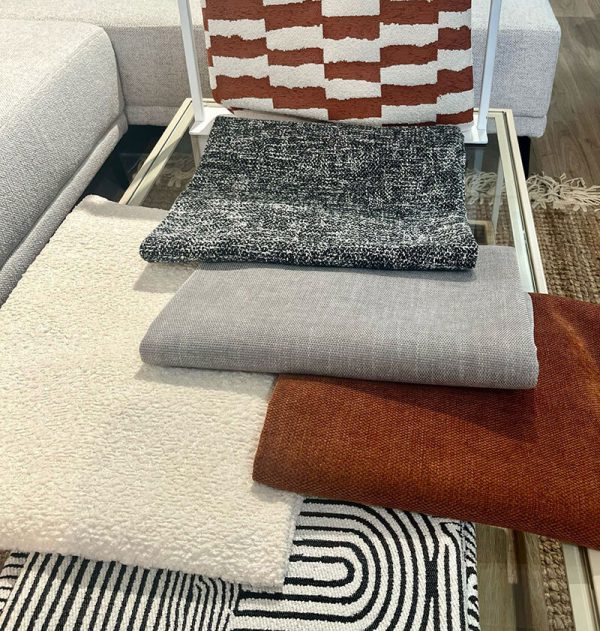

Is the interior designer also involved in the execution process?
Absolutely. I am in direct contact with the contractor/project manager and you throughout the entire execution period. I will make top-level supervision visits to ensure that my plans are being carried out and inform you in the event of any exceptions or problems. When I manage the project, I will regularly arrive and demand that the agreed-upon plans be fulfilled.
I remember exactly what we chose together and what the ceramic layout plans are in wet rooms and I make sure that's what you get.
After receiving the key, I will guide you through the basic stages of furnishing the house and decorating the apartment, because you have received a shopping basket for this. This basket can be expanded.
In other words: I take away from you the ongoing headache called designing a contractor's apartment.
"Would you like to receive and fill out the questionnaire in preparation for a meeting with me?"